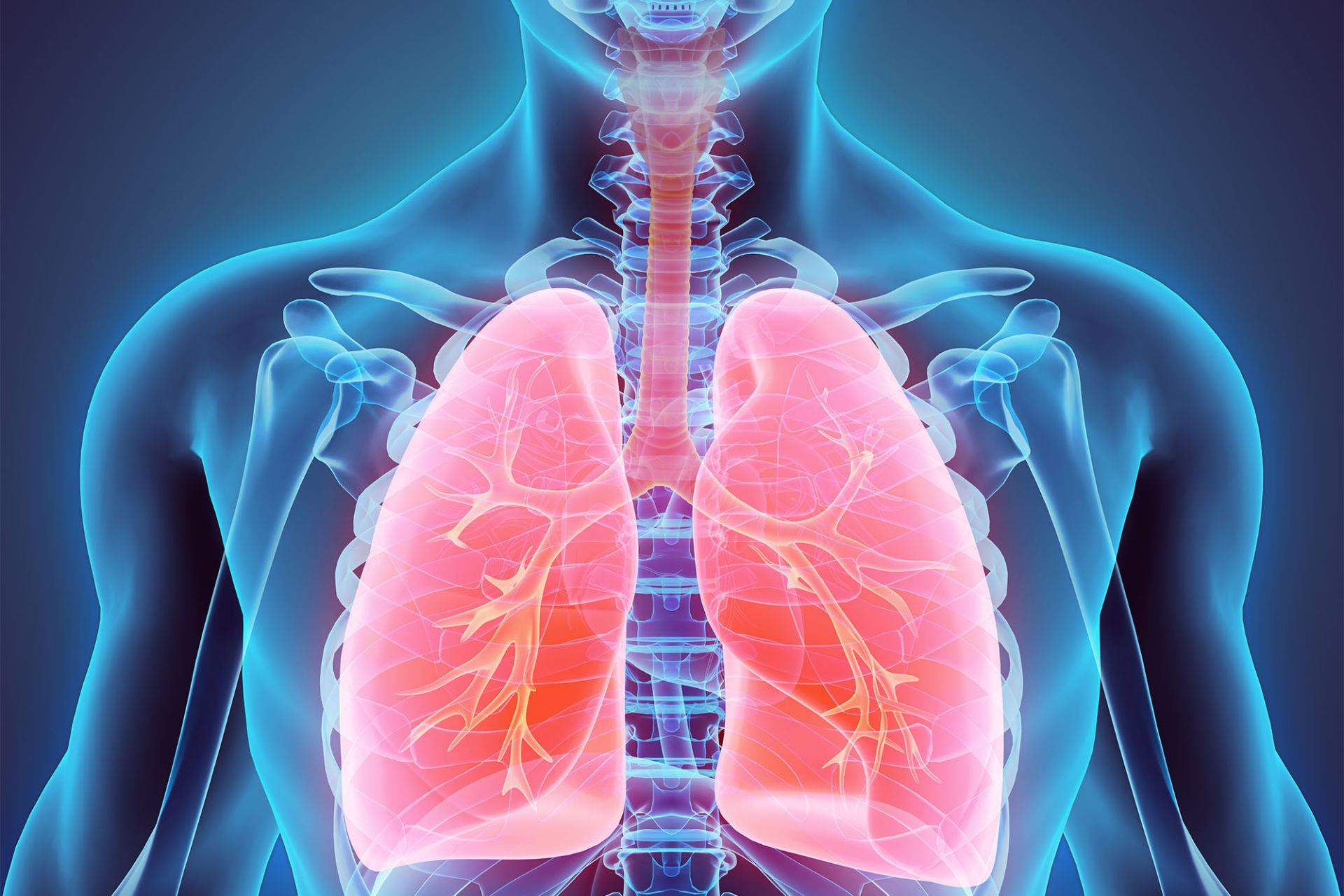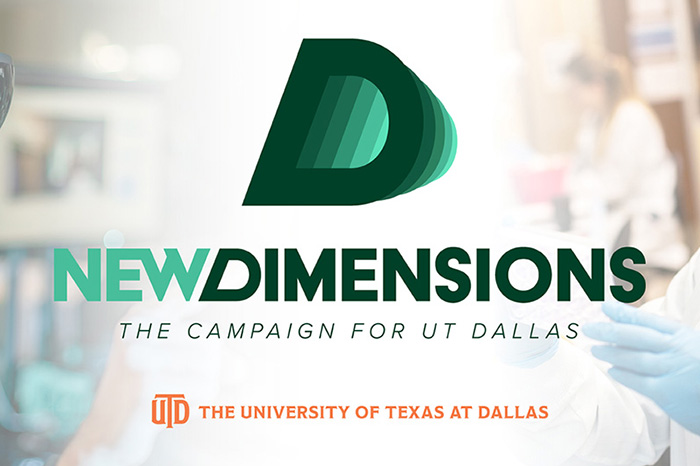
A University of Texas at Dallas researcher and his international colleagues have developed an algorithm that might one day provide early medical alerts about the onset of asthma attacks or other respiratory problems.

The algorithm, described in a study published online Nov. 20 in the journal PLOS ONE, monitors a patient’s breathing in real time and analyzes the frequency of wheezes. The researchers hope to incorporate their work into a wearable device.
“An automatic alarm could be sent to the patient — or the parents of children — for immediate attention,” said Dr. Dohyeong Kim, professor of public policy, geospatial information sciences, and social data analytics and research in the School of Economic, Political and Policy Sciences.
Kim, one of three co-corresponding authors, collaborated with a multidisciplinary team of physicians, environmental scientists, engineers and artificial intelligence (AI) technicians in South Korea.
Lung diseases such as asthma, chronic obstructive pulmonary disease, lung cancer and bronchitis, and infections like pneumonia, are a major cause of death around the world. Kim’s team sought a way to use AI to monitor patients’ breathing conditions continually.
Because abnormal breathing sounds, like wheezing and crackling, can be indicative of most lung and respiratory diseases, the researchers said it was essential to find a way to monitor lung sounds for symptom prevention and alleviation, as well as the early detection of various respiratory diseases.
Currently, medical professionals most often listen for these sounds with a stethoscope to evaluate and diagnose patients. This requires considerable experience and expertise, and misunderstanding breathing sounds can lead to incorrect diagnoses.
“We developed the deep-learning algorithm to detect automatically whether someone’s breathing is problematic. When someone is wheezing, the algorithm will count the number of incidences and analyze their timing.”
Dr. Dohyeong Kim, professor of public policy, geospatial information sciences, and social data analytics and research in the School of Economic, Political and Policy Sciences
Using a dataset of 535 respiration cycles from several sources of patient data, the team trained a deep-learning model to predict breathing that would indicate asthmatic symptoms. This wheeze counter holds the promise of revolutionizing research on predicting lung diseases based on long-term breathing patterns, Kim said.
To get the most useful information about the lungs’ breathing functionality, the pattern and frequency of abnormal lung sounds must be monitored over long periods of time, which is not practical in a clinical setting, Kim said. The algorithm not only identifies abnormal sounds within each breath, but also captures comprehensive data, including atypical patterns.

To learn more about how UT Dallas is enhancing lives through transformative research, explore New Dimensions: The Campaign for UT Dallas.
“We developed the deep-learning algorithm to detect automatically whether someone’s breathing is problematic. When someone is wheezing, the algorithm will count the number of incidences and analyze their timing,” Kim said.
Once incorporated into a wearable device, the technology could be used in both clinical and nonclinical settings for on-the-go detection and remote intervention.
“Our wheeze-counting method is straightforward yet effective, with potential for expansion into automatic symptom monitoring,” Kim said. “This could be crucial in predicting the onset or severity of future abnormalities, as well as detecting current symptoms.”
Ultimately, the researchers want to combine real-time air pollution data and real-time breathing sounds into a wearable device to monitor breathing.
“Then we can actually combine the two datasets and do analysis to understand better the association between air pollution and wheezing,” Kim said.
Other authors include researchers from Ajou University, Korea University College of Medicine, Eulji University, Seokyeong University and Waycen Inc.
The research was funded by the Republic of Korea’s Ministry of Environment.
